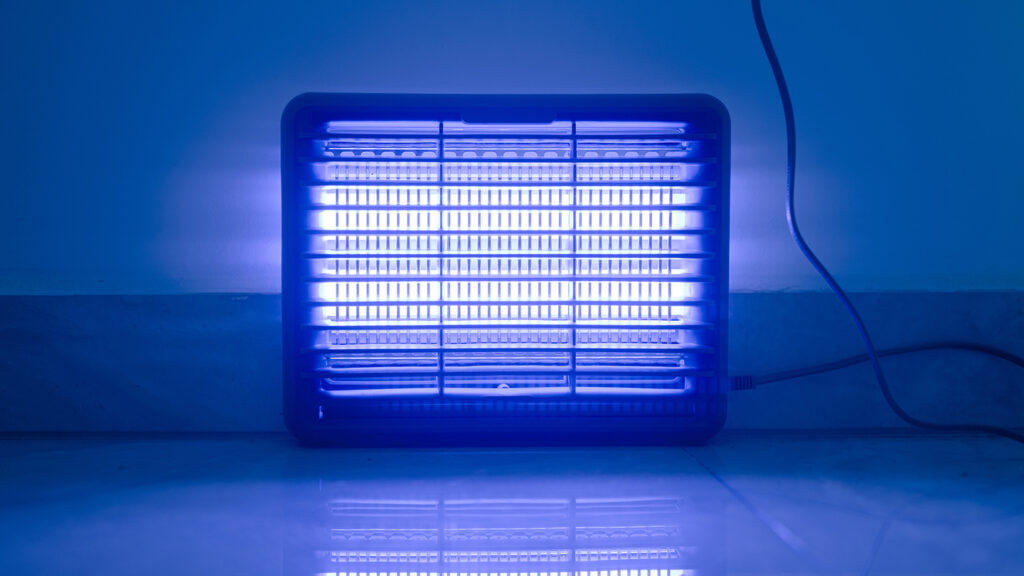

Although light therapy might not be a cure for Alzheimer’s, it could be a vital tool for patients to manage or slow progression of the disease, a new study indicates.
People living with Alzheimer’s, or those who are susceptible, have a “weak biological circadian clock,” and are more dependent than others on “external cues” to manage both sleep patterns and better sleep quality.
The fact that many Alzheimer’s patients can “sundown,” or show exaggerated symptoms, in the afternoons and evenings, is well known, as is the ability for poor and disrupted sleep to occur and exacerbate the condition, the researchers note.
Not as much research, however, has gone into explaining why this is the case, the researchers claim, arguing that their new study offers insight into the biological mechanisms behind this pattern.
“These data suggest that controlling the kind of light and the timing of the light could be key to reducing circadian disruptions in Alzheimer’s disease,” said Heather Ferris, MD, PhD, of the University of Virginia School of Medicine’s Division of Endocrinology and Metabolism. “We hope that this research will help us to develop light therapies that people can use to reduce the progression of Alzheimer’s disease.”
The study was published in the June edition of the journal Frontiers in Aging Neuroscience and used mice to model the progression of Alzheimer’s.
One study from 2016 showed that long-term care residents with dementia, when exposed to bright lights at varying times of the season, had better sleep and showed lessened symptoms, showing the potential for non-drug interventions.
Beyond just Alzheimer’s and other forms of dementia, light exposure during sleep or evening hours can put seniors at greater risk for high blood pressure, obesity and diabetes, the McKnight’s Clinical Daily has reported.
Another study, which began in 2018 and will run through 2025, is investigating how flickering light at 40 Hz could serve as Alzheimer’s therapy, according to the U.S. Department of Health and Human Services.


